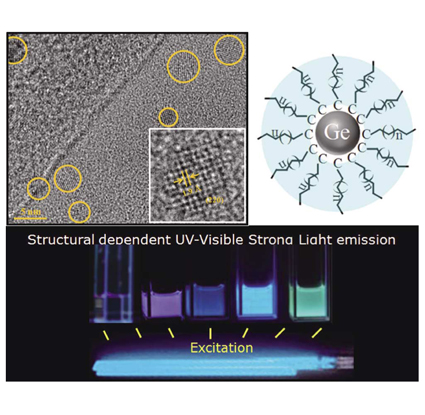Hot Topics
Vol. 61, No. 5, May (2012)
|
Polymer Electrolyte Membranes and their Ion Conduction Mechanisms for Improving the PEFC Performances
Takeo YAMAGUCHI Chemical Resources Laboratory, Tokyo Institute of Technology |
||
|
|
Molecular Design for Repairing Polymer by Using Dynamic Bonds
Naoko YOSHIE Institure of Industrial Science, The University of Tokyo |
||
|
|
Molecular Pictures of Tacticity Effects on the Solubility of Acrylamide Polymers
Yukiteru KATSUMOTO Graduate School of Science, Hiroshima University |
||
|
|
Color-Tunable Ge Nanoparticles with Organic Probe
Naoto SHIRAHATA1-3, Daigo HIRAKAWA1,4, and Yoshio SAKKA1,4 1National Institute for Materials Science (NIMS), 2WPI-MANA, 3JST-PRESTO, 4University of Tsukuba |
||
|
|
Heterogeneity in Soft Materials Detected by Optical Tweezers
Atsuomi SHUNDO and Keiji TANAKA Department of Applied Chemistry, Kyushu University |
||
|




